In the complicated world of competitive bidding, decreased reimbursements and reduction in utilization, industry and product experts are available to work with providers to maximize business efficiencies and conduct product education on new and existing technologies to provide robust product offerings. Keep your shelves stocked and understand the functions for all equipment you offer. Stay abreast of manufacturer news on improvements to existing designs and new products—such as new concentrator and transfill technologies—that continue to become available throughout the year. HME providers know that different respiratory patients have different clinical and comfort level requirements. And by matching customers’ needs to the right products, you can provide the best outcome for the patient and the maximum value to your business. A variety of respiratory manufacturers offer in-depth, complete product lines. For new patients, these products, applications and compliance can seem complex. Benefit from becoming the oxygen product expert to better your business and help inform your customers. The need for supplemental oxygen or respiratory treatments isn’t a mandate to stay at home. HME providers can offer an assortment of product options to help patients continue to live normal and active lives. Contact your manufacturer to provide these options and more to be able to give the best care to your customers.
Indoor
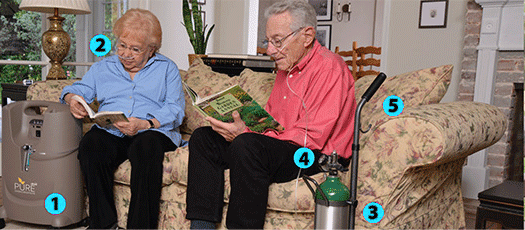
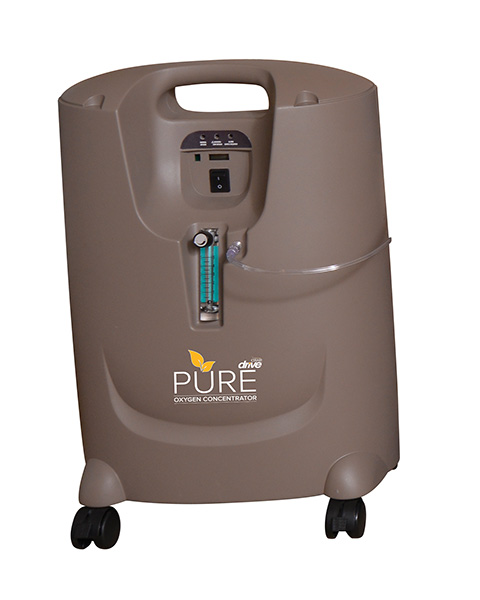
Concentrator (1)
Lightweight, 5L concentrator, extracts oxygen from ambient room air and delivers concentrated oxygen to the patient at a set liter flow. With multiple settings, the unit may deliver oxygen at an equivalent rate of up to 5 liters per minute to a patient through an oxygen cannula. HCPCS: E1390

Nasal Cannula (2)
Non-kinking comfortable cannula and tubing for supplemental oxygen delivery as prescribed by a physician.
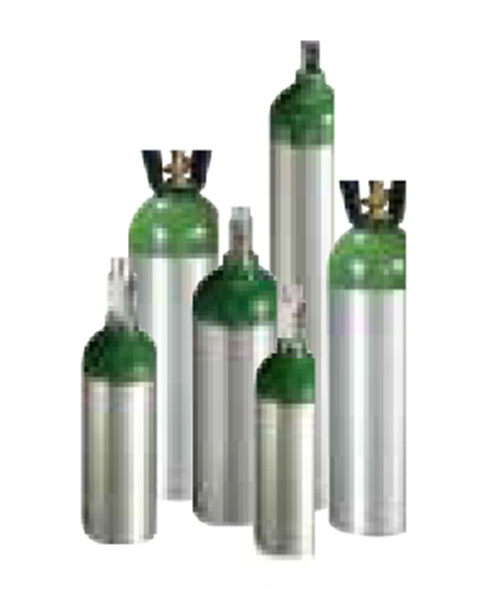
Cylinders (3)
A variety of sizes from compact M6 to large MM cylinders can accommodate stationary or ambulatory patients. Preferred sizes will vary by patient needs and a healthcare professional’s recommendation.
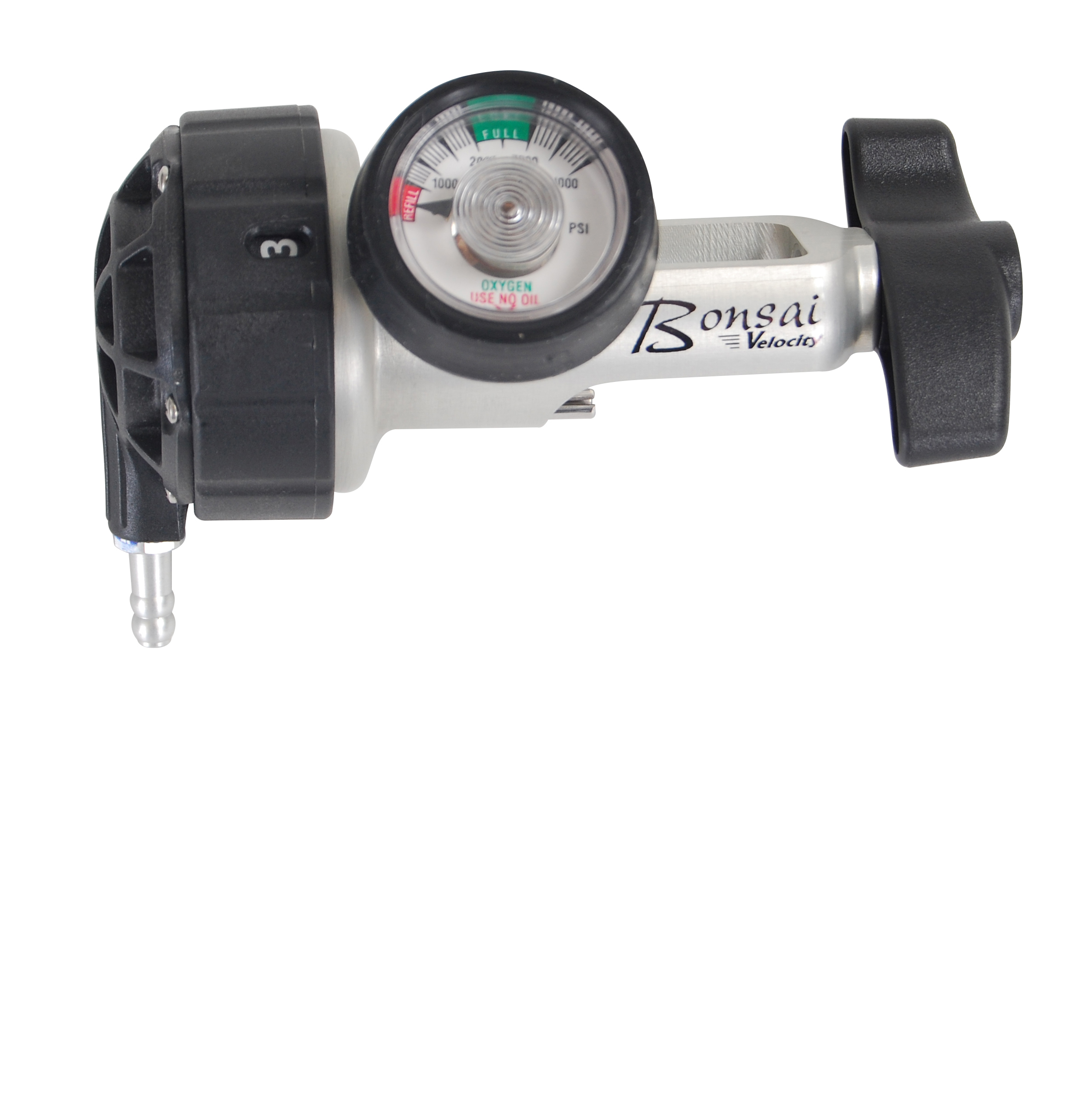
Pneumatic Conserver (4)
Pneumatic conservers are often the first line of defense against the cost and waste of continuous flow, however not all pneumatics are created equal; uniform pulse is a superior delivery algorithm as compared to minute volume. Pneumatic conservers with uniform pulse delivery are often a perfect fit for patients early in their disease process.
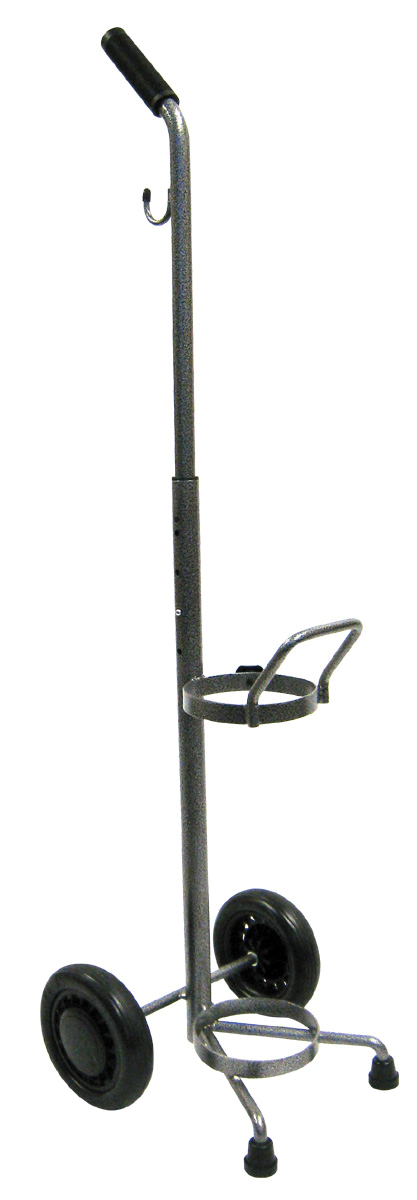
Oxygen Cylinder Cart (5)
Oxygen patients continue to remain active. Carts provide easy transportation of D or E cylinders.
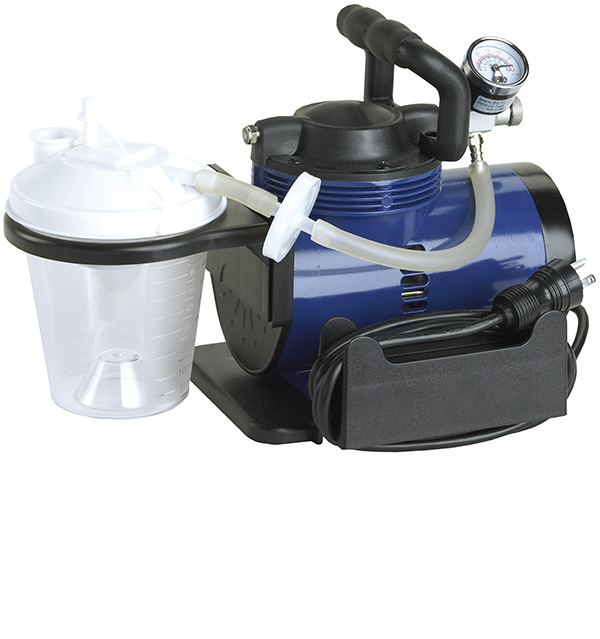
Heavy-Duty Suction Machine
Suction machines are used in institutional and home care settings to clear mucus and other fluids from the patient’s mouth and/or trachea. Individuals with chronic bronchitis, for example, sometimes require supplemental oxygen and the assistance of a suction machine to remove difficult to clear secretions. HCPCS: E0600, A7000, A7002
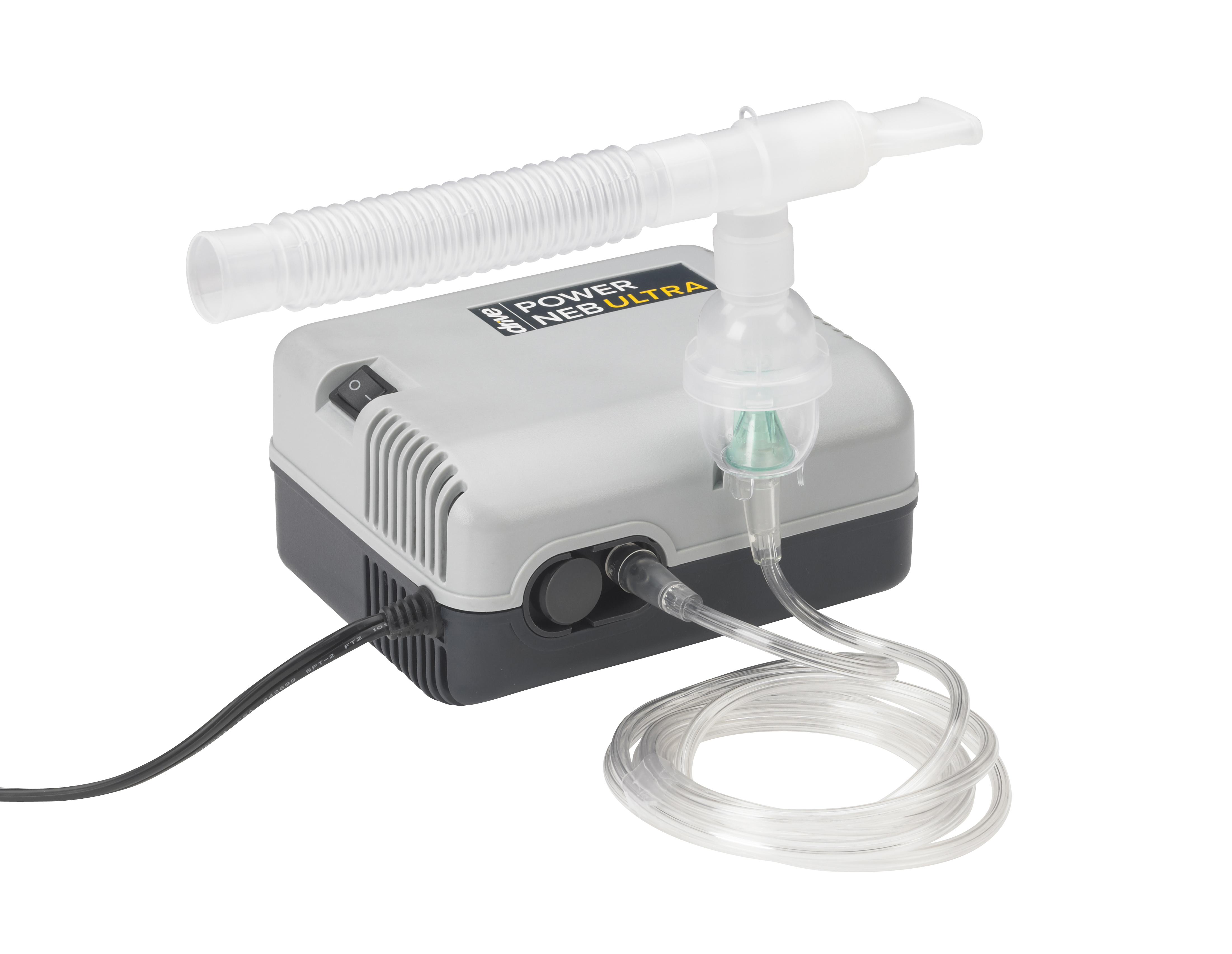
Nebulizer
Used to administer a mist of medication inhaled into the lungs, nebulizers are often used to treat cystic fibrosis, asthma and COPD. This unit features a powerful piston pump that is efficient, dependable and quiet, weighing a mere 3.2 pounds and still delivering consistent and fast treatments. HCPCS: E0570

Full Face CPAP Mask
A high quality solution for patients who struggle with fit and seal. The cushion is designed to minimize unintentional leaking, providing patients with a better night’s sleep and increasing usage and compliance when treating obstructive sleep apnea. HCPCS: A7030 & A7035
Outdoor
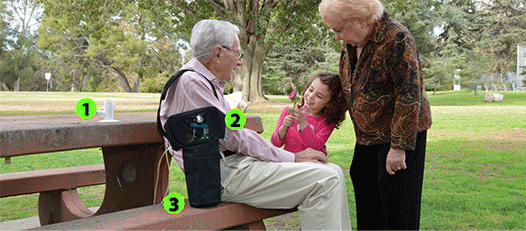

Portable Nebulizer (1)
Portable nebulizers provide lightweight and convenient aerosol treatments, many, without sacrificing clinical efficacy, delivering fine particle, low velocity aerosolized drugs to the patient’s lungs. HCPCS: E0570 & E0574
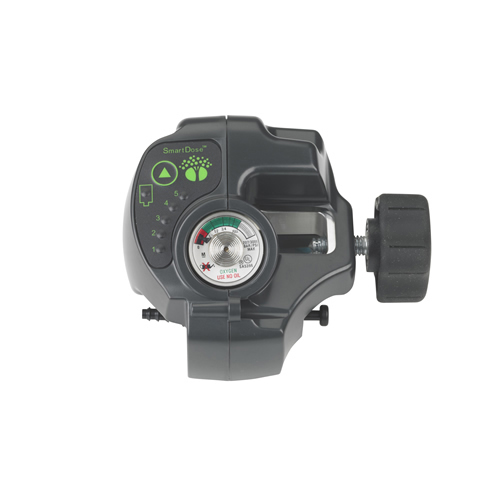
Electronic Conserver (2)
Electronic conservers are the most sensitive and often used on patients with shallow inhalation. Auto-adjusting conserver technology is the ultimate clinical solution, changing oxygen dose as breath rate changes to match setting to patient activity level.
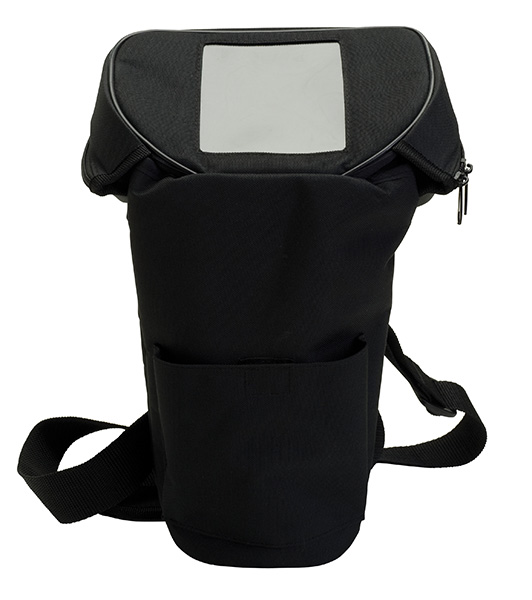
Cylinder Carry Bag (3)
Oxygen patients continue to remain active.
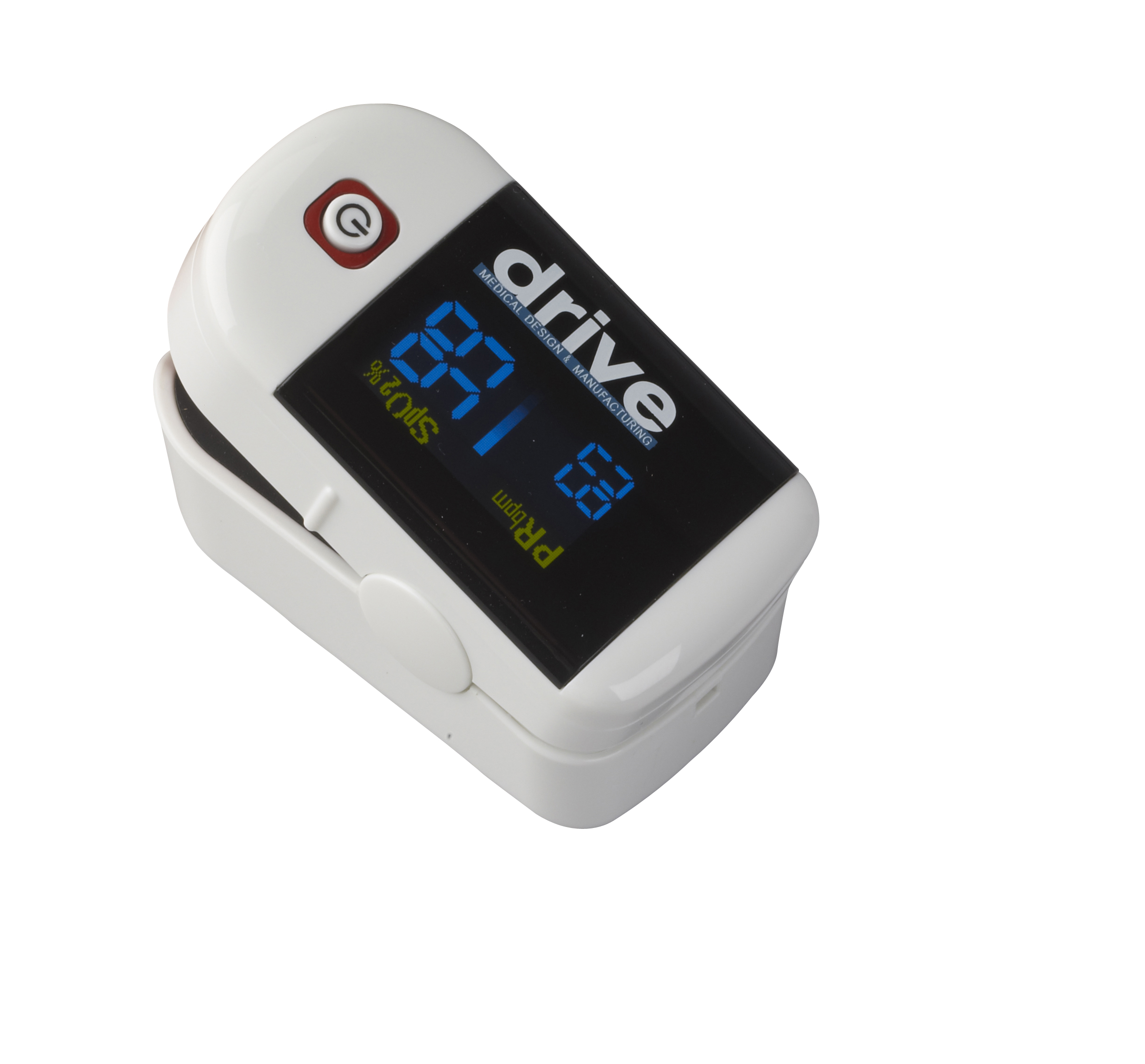
Pulse Oximeter
Clip-style fingertip oximeters are portable, noninvasive tools to spot-check oxygen saturation (SpO2) and pulse rates of adult and pediatric patients. Some require prescriptions.
Images courtesy of Drive Medical Design and Manufacturing
